Shopify Product Display Apps: Subcollection Category Surf vs Menulog

Table of Contents
- Introduction
- How Does Subcollection Category Surf Work?
- How Does Menulog Work?
- How Much Does Subcollection Category Surf Cost?
- How Much Does Menulog Cost?
- Cost Analysis: Subcollection Category Surf vs Menulog
- User Reviews & Customer Support Insights
- Integration and Compatibility Comparison
- Conclusion
Introduction
In the world of e-commerce, product display plays a crucial role in guiding customer interactions and enhancing shopping experiences. An engaging product presentation can significantly influence customers' decisions, driving conversions, and fostering brand loyalty. Here, product display apps emerge as valuable tools that enhance user experience, optimize store layouts, and even contribute to search engine rankings.
Today, we will dive into two product display apps available on Shopify: Subcollection Category Surf by Byte and Menulog by Blue Gum. Each app offers unique functionalities designed to improve product presentation. Let’s explore how they integrate with Shopify and impact the overall shopping experience.
How Does Subcollection Category Surf Work?
Subcollection Category Surf is engineered to generate automated subcollection blocks on your Shopify collection pages. Here's how it operates:
Setup
Upon installation, Subcollection Category Surf automatically analyzes your existing product collections, identifying associations between them. This means that as soon as you add products, the app works behind the scenes to suggest how they should be organized for optimal display.
Trigger
When you add new products or modify existing ones, the app immediately updates the subcollection blocks. This dynamic functionality ensures that your store always displays relevant products to customers without any manual effort on your part.
Features
-
Automated Subcollection Generation: The app intuitively creates subcollection blocks based on product associations, making it easier for customers to find related items.
-
SEO Benefits: With on-site links to related collections, the app improves your store's search engine optimization, potentially increasing visibility and attracting more traffic.
-
Highly Customizable Blocks: Merchants can easily tailor the appearance of these blocks to seamlessly blend with their store's overall aesthetic, enhancing user engagement.
Relevance for Businesses of All Sizes
-
Startups: New business owners can leverage the app’s automated features to save time in organization and focus on marketing rather than tedious setup processes.
-
Small to Medium Businesses: These businesses can enhance user engagement and navigation, leading to increased sales through well-structured product displays.
-
Large Enterprises: With vast product catalogs, large enterprises will find the automatic generation of related product blocks invaluable for managing complex inventories effectively.
Unique Functionalities
The app stands out for its algorithm-driven selection process, ensuring that the most relevant products are displayed based on user behavior. Such precision can significantly boost potential sales conversions.
Hypothetical Scenario
Consider a fashion retailer launching a new collection. With Subcollection Category Surf, as soon as a new product is added, it gets automatically linked to related clothing items or accessories, making it easier for customers to browse related products, potentially leading to higher average order values.
How Does Menulog Work?
Menulog also aims to simplify the process of displaying products but with a different focus. It enables merchants to create restaurant menus or product catalogs that automatically sync with their store’s real-time data.
Overview
Upon integration, Menulog allows businesses to build visually appealing menus or catalogs that reflect the most current offerings in their inventory. This eliminates the reliance on outdated templates, saving time and ensuring customer satisfaction.
Features
-
Unlimited Menus or Catalogs: Merchants can create as many menus as needed without incurring additional costs.
-
Real-Time Updates: The app pulls data directly from your collections, ensuring that any change in inventory is instantly reflected.
-
Full Customization: Users can modify the appearance of their menus or catalogs to align with their brand identity.
Relevance for Businesses of All Sizes
-
Startups: Menulog's ease of setup allows new restaurant owners to create a digital menu without needing specialized design skills.
-
Small to Medium Businesses: They can market their offerings effectively, using visually appealing menus that refresh in real-time, enhancing customer experience.
-
Large Enterprises: Providing a comprehensive, easily navigable catalog helps retain customers' attention, making it ideal for large-scale operations.
How Much Does Subcollection Category Surf Cost?
Offering a cost-effective solution for e-commerce, Subcollection Category Surf operates on a single pricing tier:
Pricing Structure
-
Price: $4.99/month
-
Features: This plan includes automated subcollection blocks, advanced selection algorithms, and highly customizable blocks.
-
Limitations: As there is only one pricing tier, users should be clear on what they receive without additional options.
-
Target Audience: The pricing structure is tailored for startups and small to medium businesses seeking budget-friendly solutions with robust functionality.
-
Additional Costs: There are no additional fees mentioned for this pricing tier, simplifying the budgeting process for merchants.
It is important to note that you can always reach out to our team, and we can create a custom pricing plan to suit your needs and your budget. Schedule a call via this link and we’ll come up with the best solution for you and your business.
How Much Does Menulog Cost?
Menulog offers a straightforward pricing model, making it accessible for various businesses.
Pricing Structure
-
Price: $10/month
-
Features: The BASIC PLAN allows for unlimited restaurant menus or catalogs and includes customer support.
-
Limitations: While it provides unlimited catalogs, it lacks the advanced product association features that Subcollection Category Surf offers.
-
Target Audience: Menulog's pricing is suitable for startups and small restaurants looking to establish a digital presence without overwhelming complexity.
-
Additional Costs: No additional fees are listed, offering transparency to users.
Cost Analysis: Subcollection Category Surf vs Menulog
When evaluating cost versus value, Subcollection Category Surf presents an appealing proposition for those focusing on product display. At $4.99/month, businesses gain access to extensive features targeting product organization and SEO benefits. In contrast, Menulog is priced at $10/month but provides fewer dynamic features that enhance customer engagement.
Both applications do not mention promotional offers or trial periods, limiting the opportunities for users to assess the products before fully committing. However, Subcollection Category Surf offers clear cost efficiency, especially appealing to startups and smaller businesses.
User Reviews & Customer Support Insights
Is Subcollection Category Surf Good?
With a stellar 5-star rating from 64 reviews, Subcollection Category Surf demonstrates a high level of customer satisfaction. Users highlight its intuitive design and effectiveness at organizing collections, fostering an insightful shopping experience. As a product launched recently, its performance in providing automated solutions has garnered positive feedback.
Is Menulog Good?
With an average rating of 0 stars from no reviews, it's challenging to evaluate Menulog’s effectiveness accurately. Speculatively, users may appreciate the auto-sync feature for menus but could find the lack of comprehensive options limiting when compared to more robust apps. The absence of reviews raises concerns about its performance and initial acceptance within the user community.
Customer Support Insights
Good customer support can significantly influence the success of any app. While Menulog does highlight customer support access, the lack of reviews and ratings diminishes the perception of reliability.
User Preference: Subcollection Category Surf or Menulog?
Based on the average ratings, Subcollection Category Surf is favored by users who appreciate effective yet straightforward solutions for product display. The far superior rating indicates not just satisfaction but confidence in its capabilities to meet diverse business needs. This stark contrast underscores the differences in how each app serves its audience.
Integration and Compatibility Comparison
Subcollection Category Surf Integrations
Subcollection Category Surf is designed to seamlessly integrate with Shopify themes without requiring complex external software. This flexibility enhances usability.
Menulog Integrations
Currently, clear integrations for Menulog aren’t specified, but the ease of use and interface may allow basic compatibility with most Shopify themes. However, without a detailed understanding of its integration capabilities, potential users might face challenges in maximizing its benefits compared to other apps.
Conclusion
Both Subcollection Category Surf and Menulog provide valuable solutions tailored to their respective markets. However, Subcollection Category Surf excels with its user-friendly design, impressive feature set, and competitive pricing structure. With a remarkable 5-star rating from satisfied users, it showcases its ability to effectively enhance product display while supporting SEO efforts.
While Menulog serves a niche purpose with basic menu creation, it lacks the depth and versatility offered by Subcollection Category Surf, making it less appealing for those aiming to elevate their product display on Shopify. Overall, for businesses small and large, Subcollection Category Surf stands out as a more comprehensive and effective solution for meeting evolving e-commerce needs.
Still Searching for the Perfect Customization Solution?
Stop searching and start thriving with Accentuate Custom Fields! This powerful metafield management app supercharges Shopify’s native features, giving you the tools to create a truly personalized customer experience.
Why Choose Accentuate Custom Fields?
- Advanced Customization: Unlimited field definitions, logical grouping, and custom layouts make your store one-of-a-kind.
- Enhanced Editor Experience: Effortlessly edit variant metafields, use advanced HTML and markdown editors, and sync field definitions between stores.
- Flexible Management: Import/export capabilities, automatic tagging, and comprehensive support for Metaobjects and versioning.
- 24/7 Support: If you have any questions or need assistance, our team is available around the clock to help with any custom modifications to suit your store.
Join over 12,000 merchants, including top Shopify Plus stores, who trust Accentuate for their customization needs. With a stellar 4.9-star rating, Accentuate is the go-to tool for advanced CMS needs, offering unmatched flexibility and control over your store’s content. Elevate your Shopify store with high-quality content that boosts customer experiences and conversions. Tell your story, showcase your products, and create an engaging customer journey with ease.
Experience the Accentuate difference and watch your Shopify store thrive!
Accentuate vs Competition
Explore how Accentuate Custom Fields stands out. Whether you’re aiming to customise your storefront, streamline operations or improve content management, see how we compare against the competition

Shopify Product Display Apps: FeatureFrame ‑ Pretty Product vs. AI SEO: Top Product Features

Shopify Product Display Apps: Metadrob: Create Virtual Store vs シンプルクラウドファンディング|お手軽自社クラファン
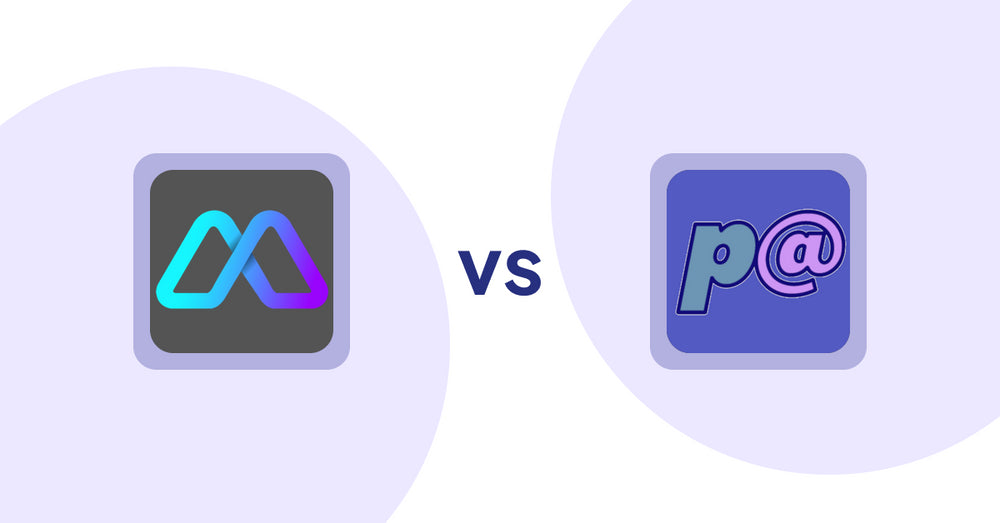
Shopify Product Display Apps: Metadrob: Create Virtual Store vs Parameterizer

Shopify Product Display Apps: Bike Matrix vs. Fast View: Fastest Quick View
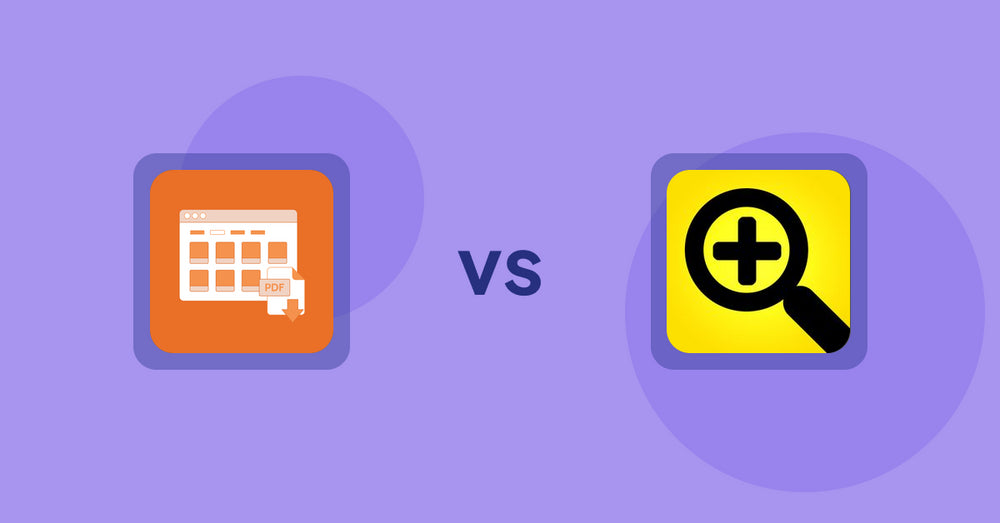
Shopify Product Display Apps: Meetanshi PDF Product Catalog vs Fast View: Fastest Quick View

Shopify Product Display Apps: UR: Smart Ranking vs Sortyfi Collection Merchandise

Shopify Product Display Apps: UR: Smart Ranking vs PDP Star
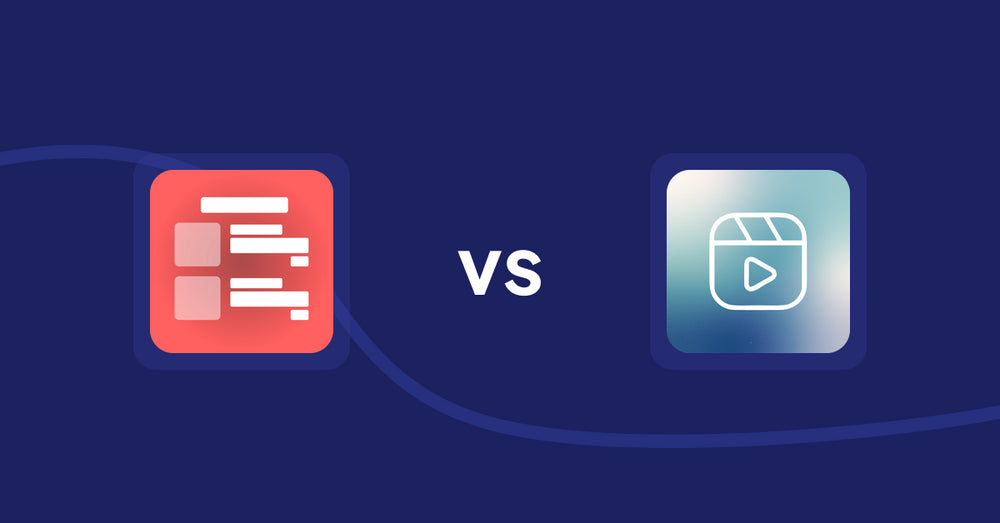
Shopify Product Display Apps: Menulog vs Reelify ‑ Shoppable Reel Video

Shopify Product Display Apps: H3 Estimated Delivery vs Findify Search & Merchandise

Shopify Product Display Apps: Wordo ‑ ChatGPT AI Description vs Urgency! Low Stock Counter
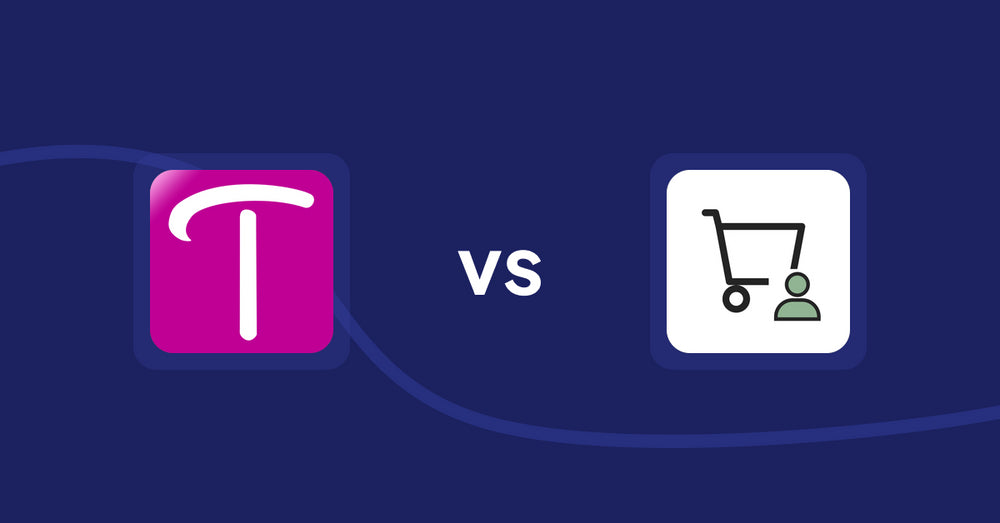
Shopify Product Display Apps: WS Transparency vs シンプル会員注文割引|お手軽ログインセール設定
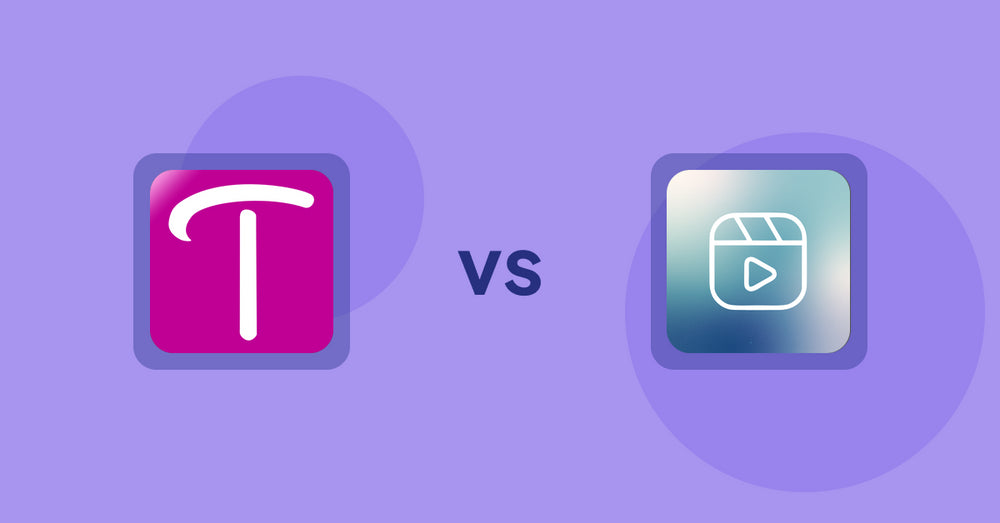
Shopify Product Display Apps: WS Transparency vs Reelify ‑ Shoppable Reel Video
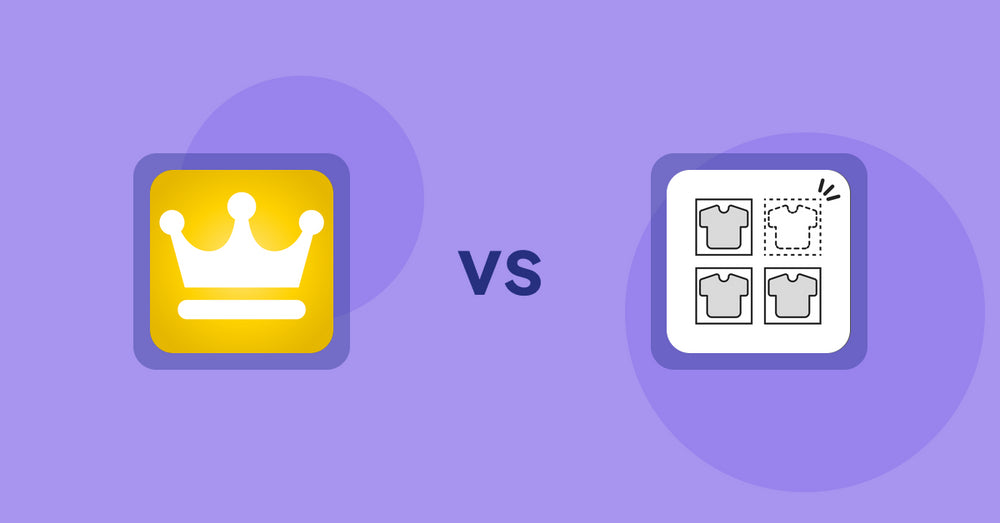
Shopify Product Display Apps: Awesome Ranking vs シンプル売り切れ非表示|在庫切れ商品の表示変更

Shopify Product Display Apps: OC Product Size Chart vs FeatureFrame ‑ Pretty Product

Shopify Product Display Apps: Shelfify vs Bike Matrix
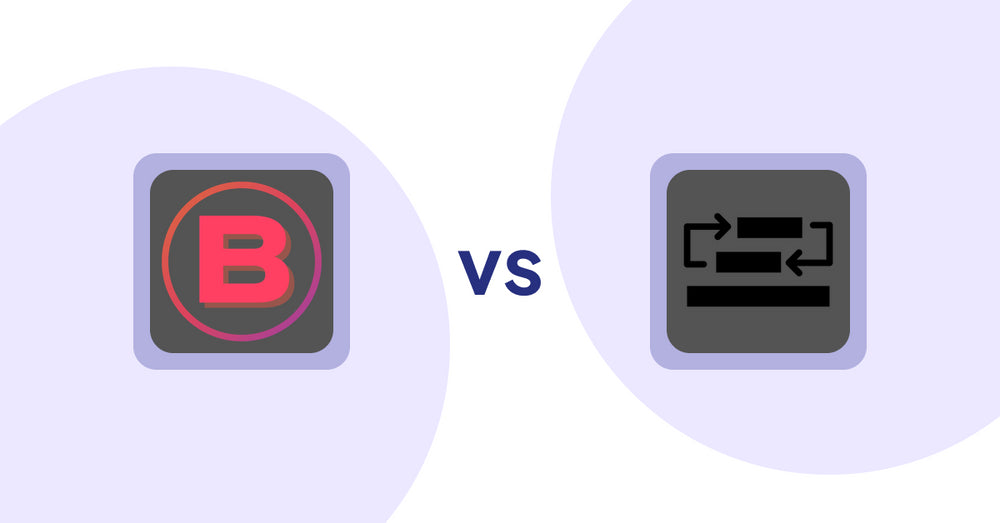
Shopify Product Display Apps: Banter Stories vs Sortyfi Collection Merchandise
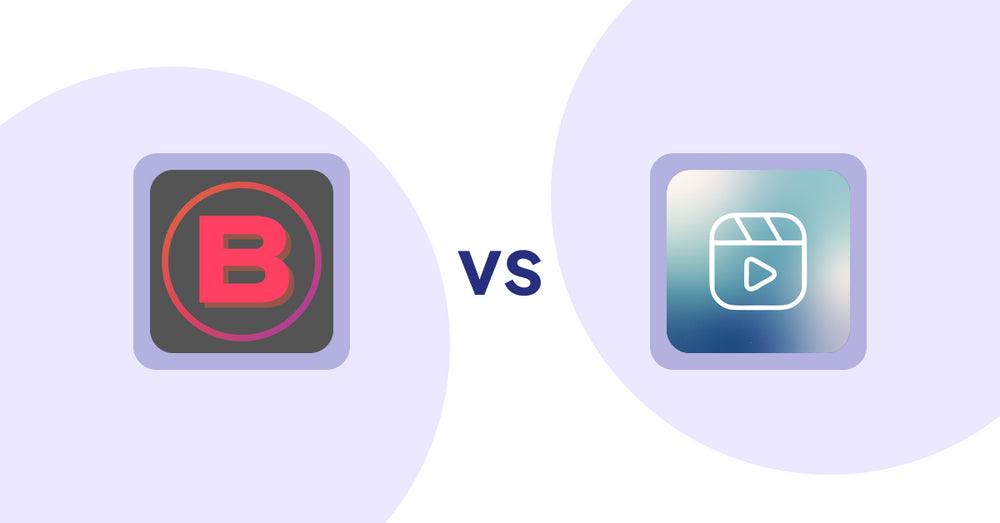
Shopify Product Display Apps: Banter Stories vs. Reelify ‑ Shoppable Reel Video
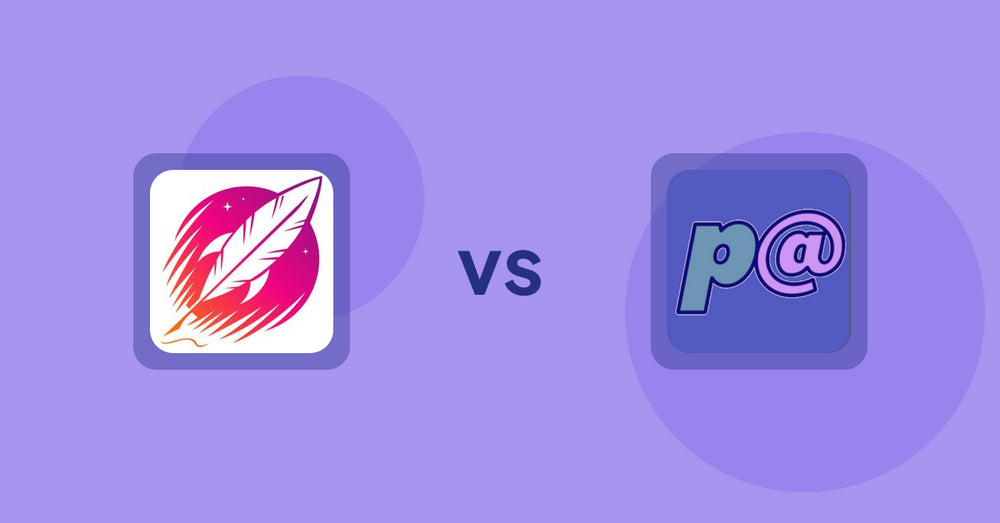
Shopify Product Display Apps: Wordsmith: Content Generator vs Parameterizer

Shopify Product Display Apps: Wordsmith: Content Generator vs Reelify ‑ Shoppable Reel Video
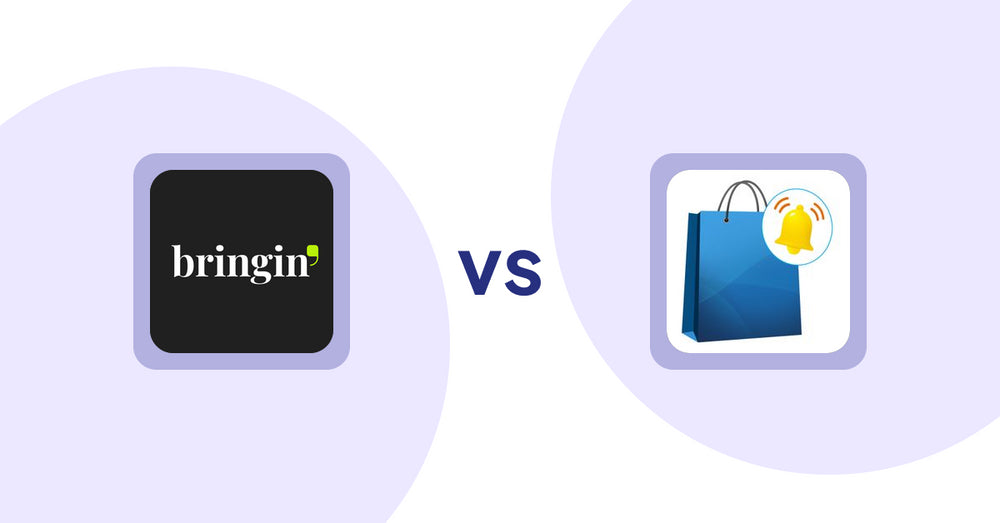
Shopify Product Display Apps: Bringin vs CartBar ‑ Product Purchase Bar
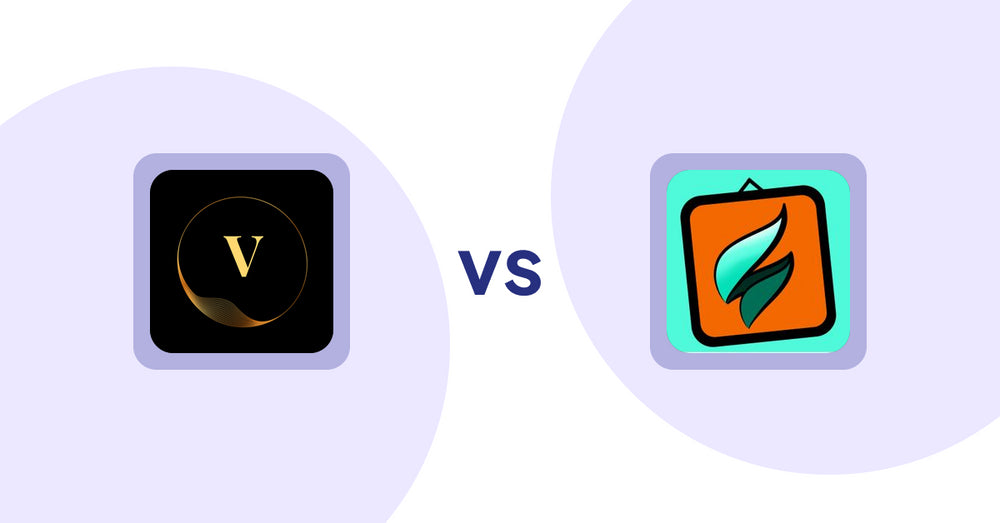
Shopify Product Display Apps: ProductTube vs SMART ‑ Art Product Builder

Shopify Product Display Apps: Xpander vs PDP Star

Shopify Product Display Apps: Xpander vs Banter Stories
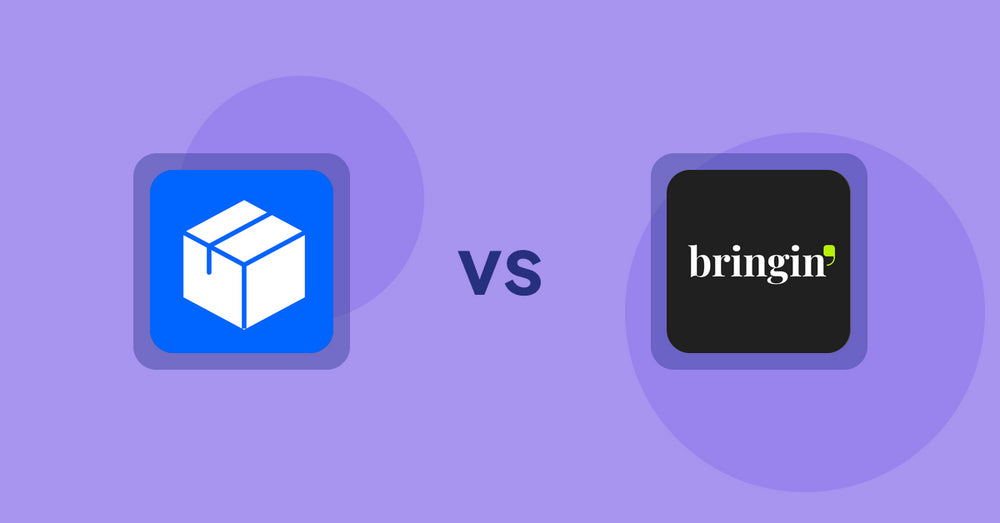
Shopify Product Display Apps: Wonderful Widgets vs Bringin

Shopify Product Display Apps: BookE - Rent Property & Service vs Metadrob: Create Virtual Store
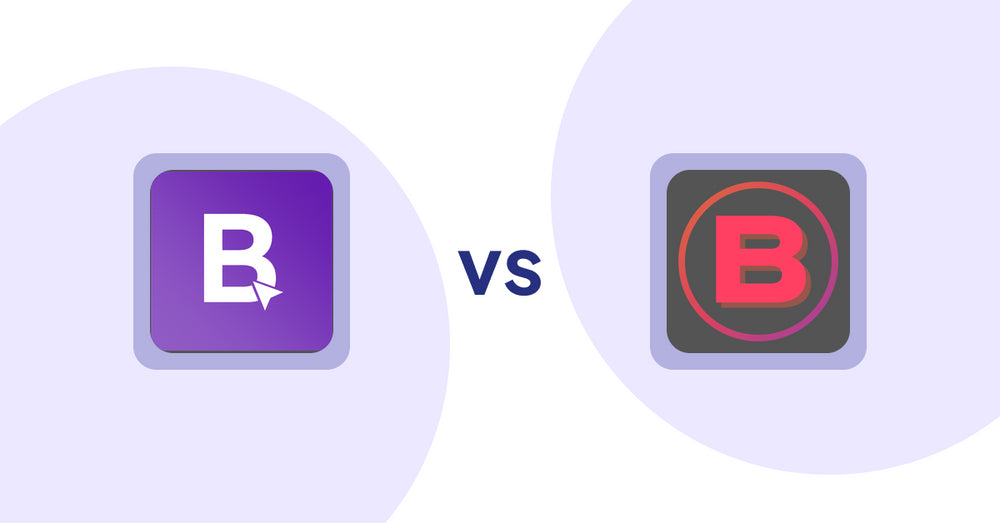
Shopify Product Display Apps: BookE ‑Rent Property & Service vs. Banter Stories
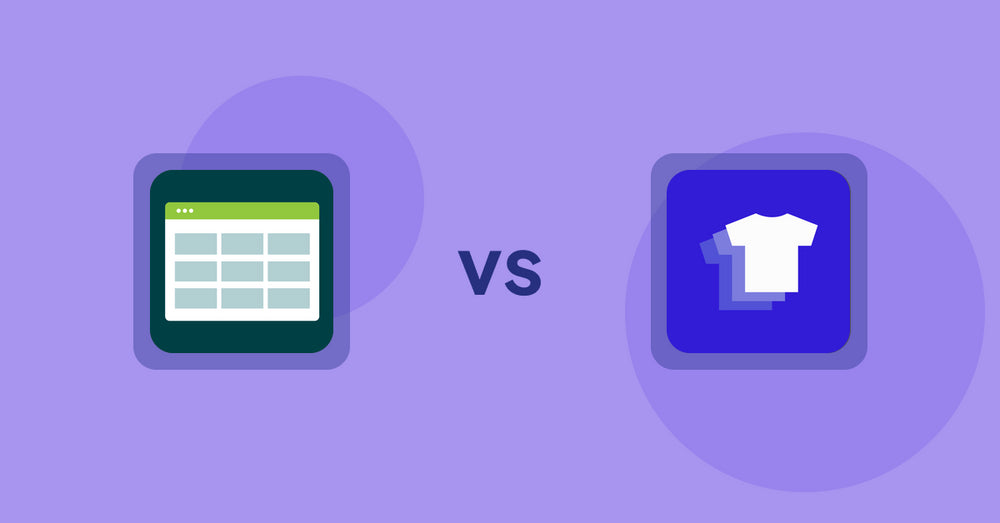
Shopify Product Display Apps: Product Table vs. Xpander
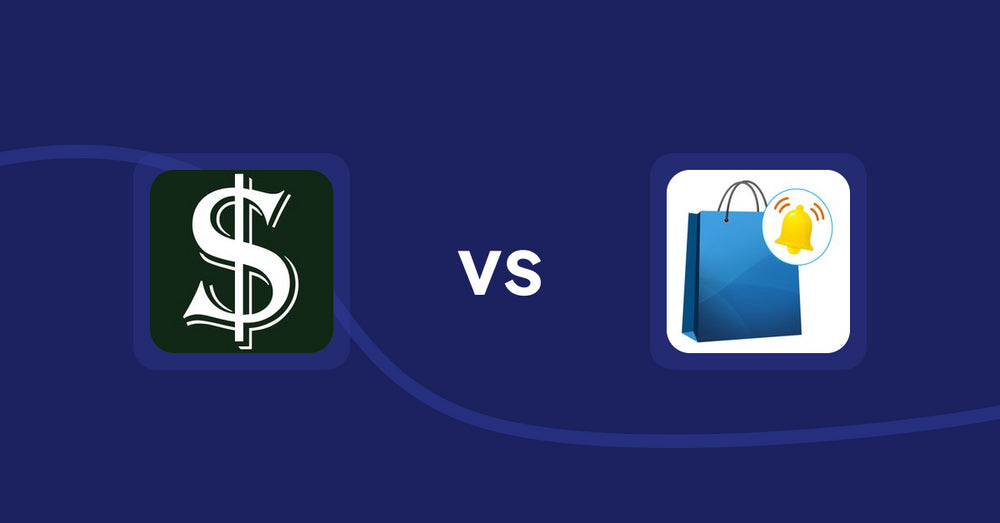
Shopify Product Display Apps: Selling Fast vs CartBar ‑ Product Purchase Bar
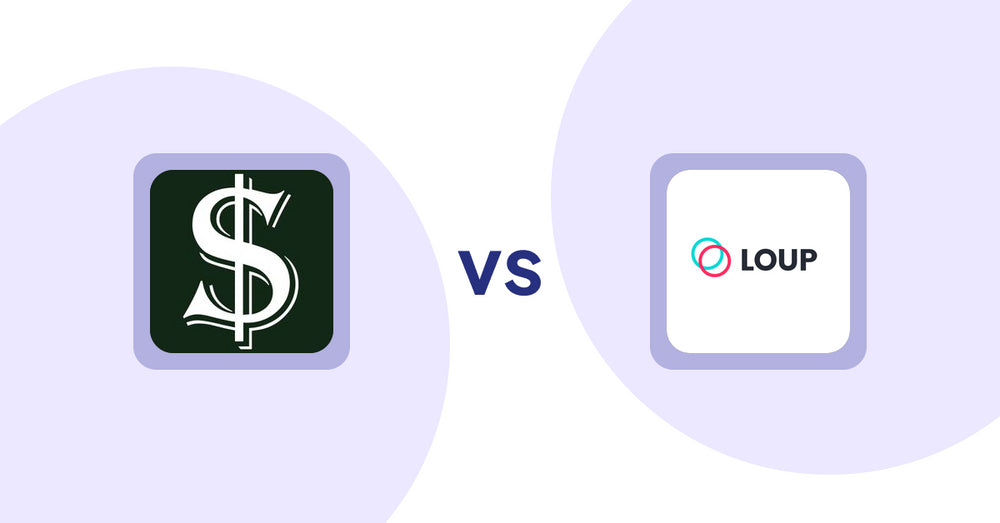
Shopify Product Display Apps: Selling Fast vs. Loup: Sell on Instagram
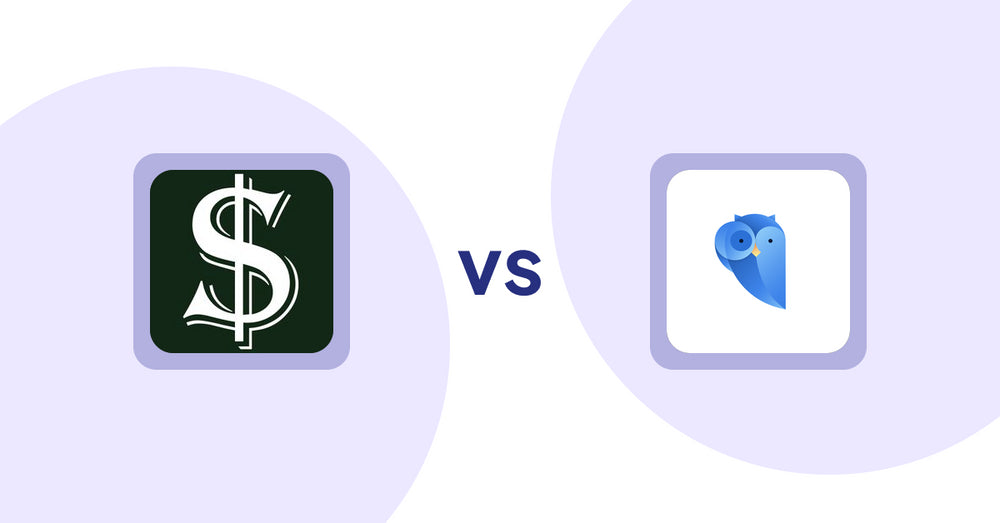
Shopify Product Display Apps: Selling Fast vs. Findify Search & Merchandise

Shopify Product Display Apps: Selling Fast vs. Aiuta
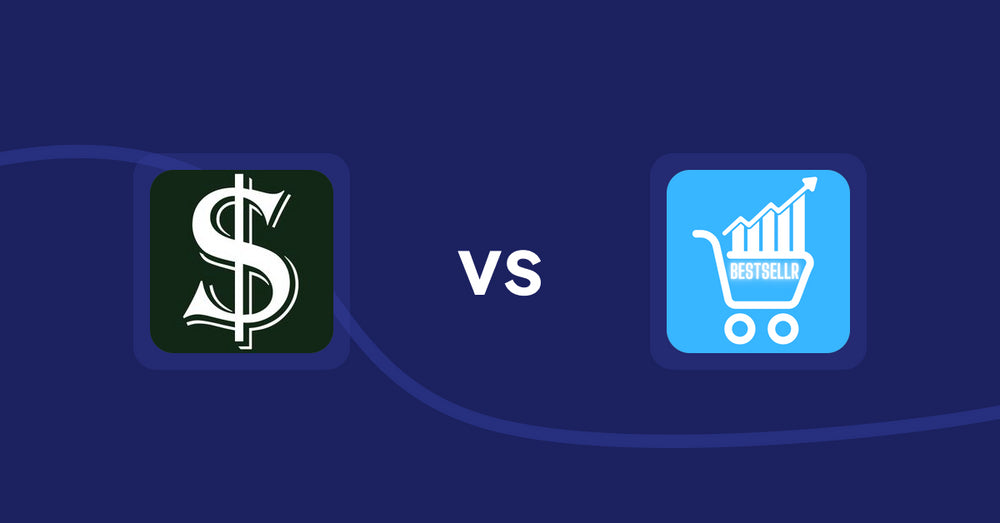
Shopify Product Display Apps: Selling Fast vs Bestsellr

Shopify Product Display Apps: Selling Fast vs ProductTube
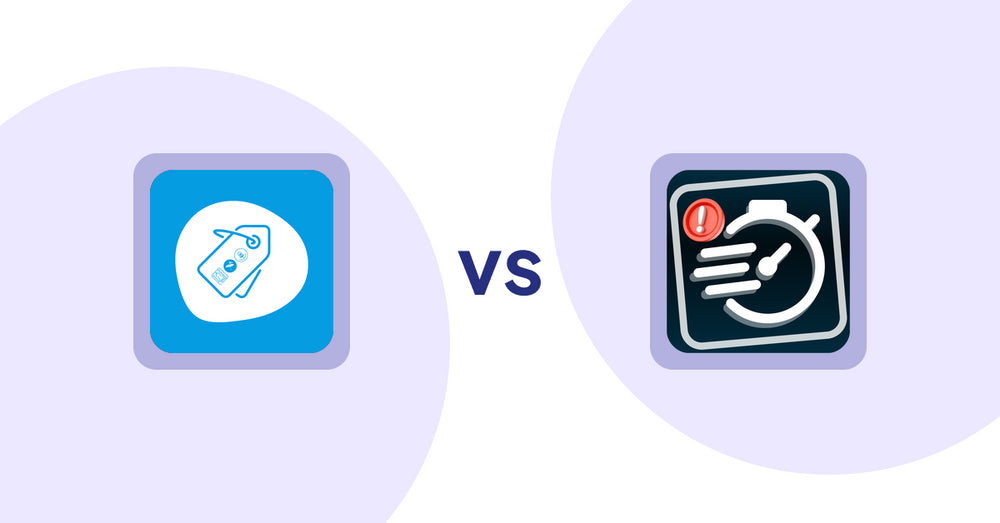
Shopify Product Display Apps: Extendons Product Tag Images vs Urgency! Low Stock Counter
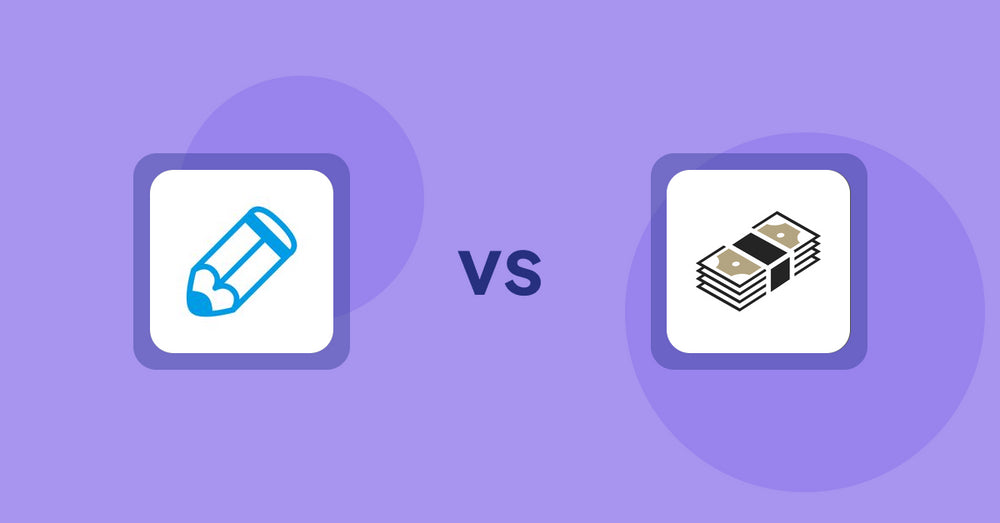
Shopify Product Display Apps: Writer Sofia vs シンプルクラウドファンディング|お手軽自社クラファン
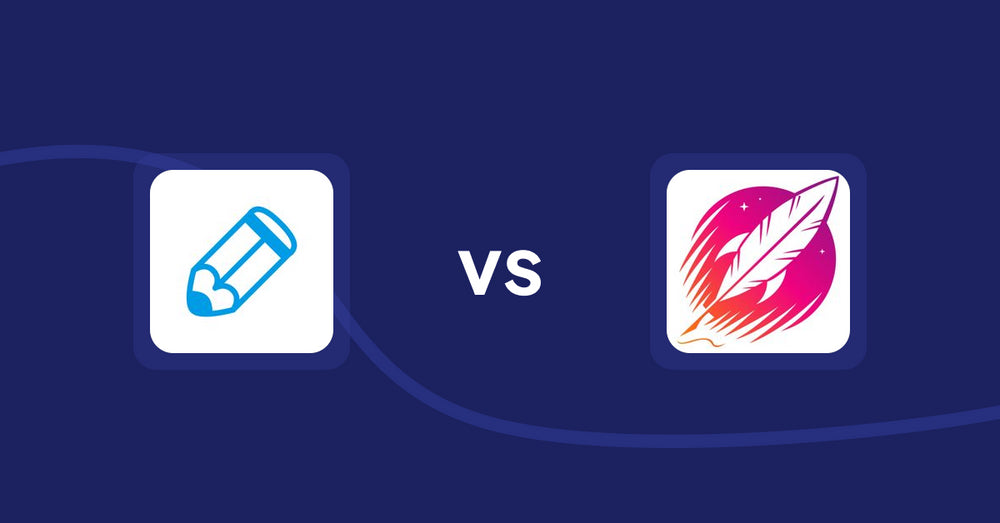
Shopify Product Display Apps: Writer Sofia vs Wordsmith: Content Generator
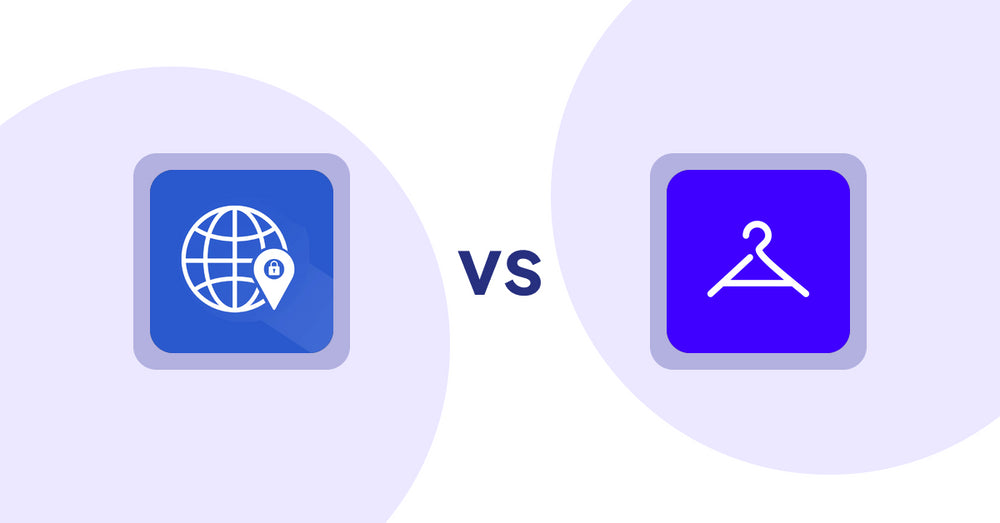
Shopify Product Display Apps: Addify ‑ Country Restrictions vs Aiuta
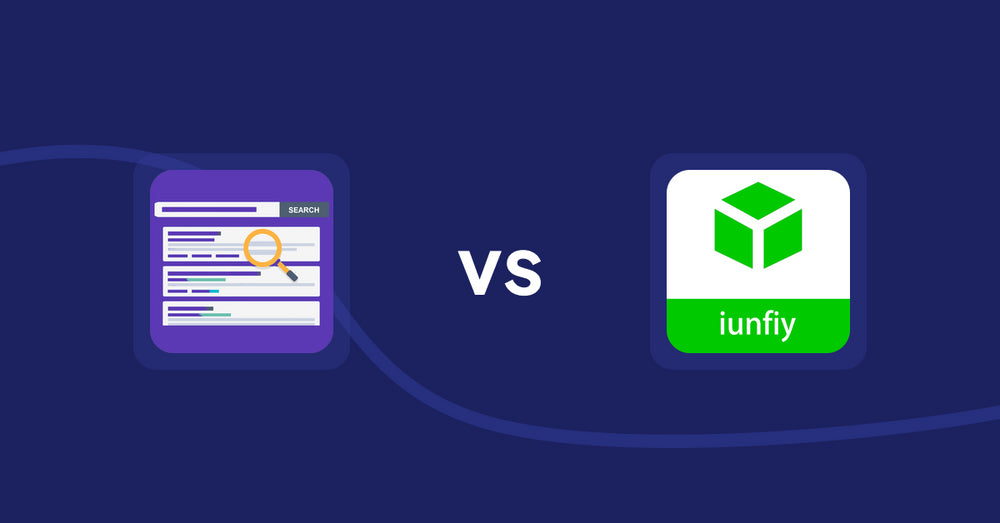
Shopify Product Display Apps: Spark AI Products Description vs iunfiy • Related Products

Shopify Product Display Apps: BeUnico vs Loup: Sell on Instagram
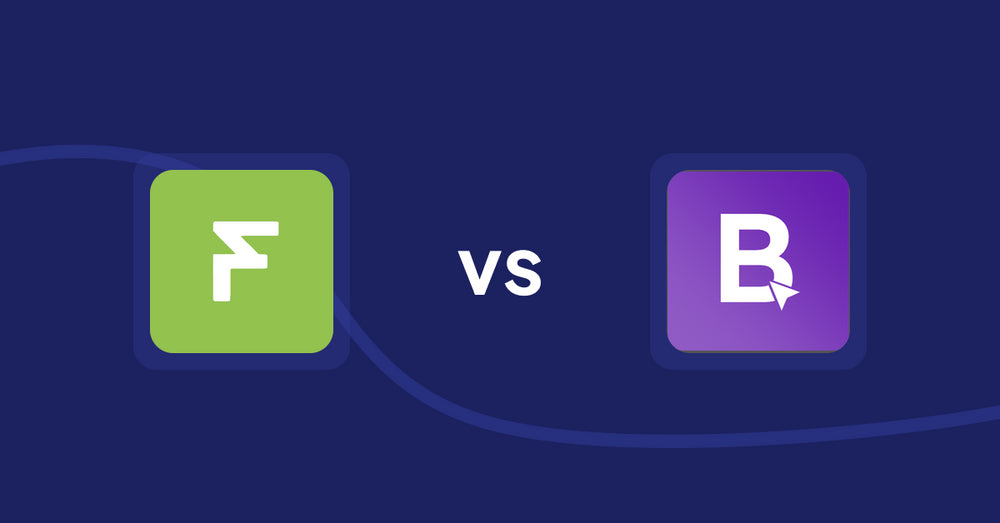
Shopify Product Display Apps: Easy Estimate Shipping vs BookE ‑Rent Property & Service
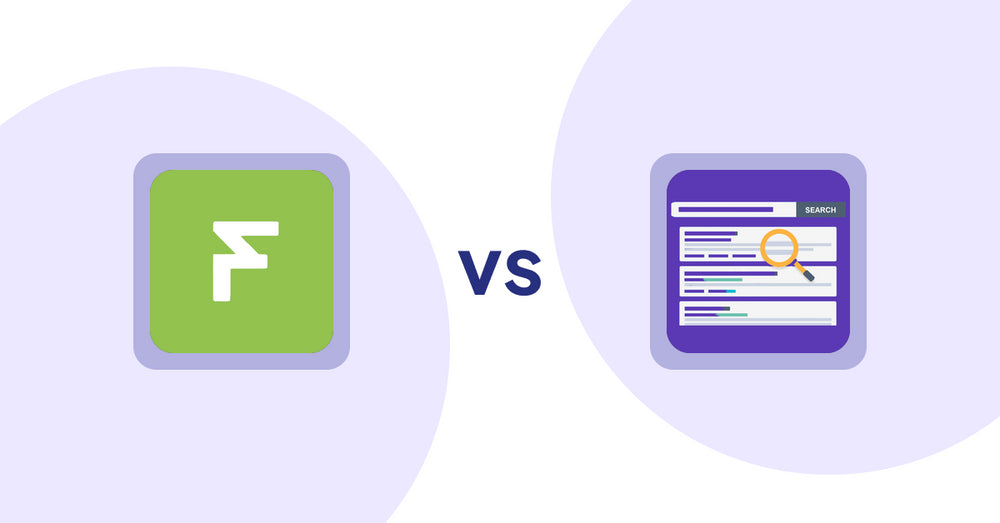
Shopify Product Display Apps: Easy Estimate Shipping vs. Spark AI Products Description
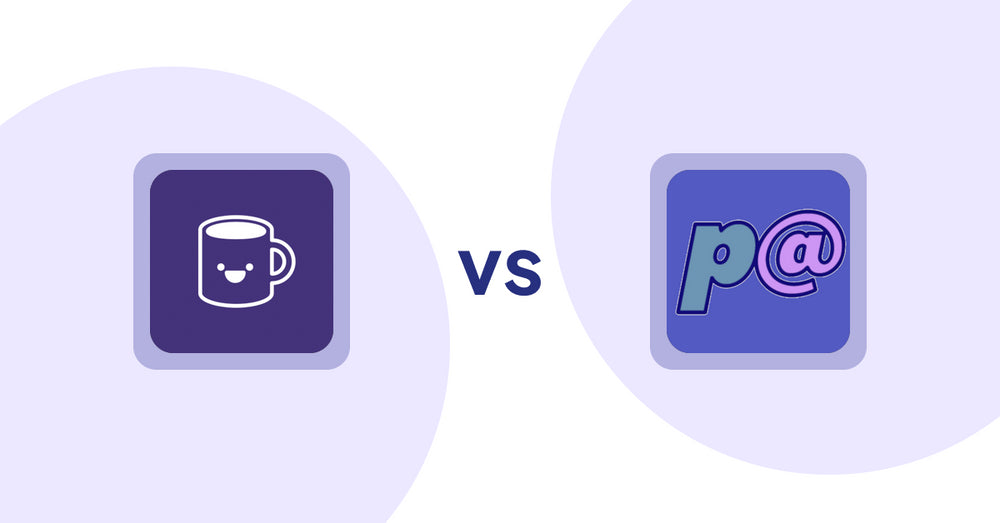
Shopify Product Display Apps: Mugshot Bot vs Parameterizer

Shopify Product Display Apps: Peftrust vs. Wordo ‑ ChatGPT AI Description
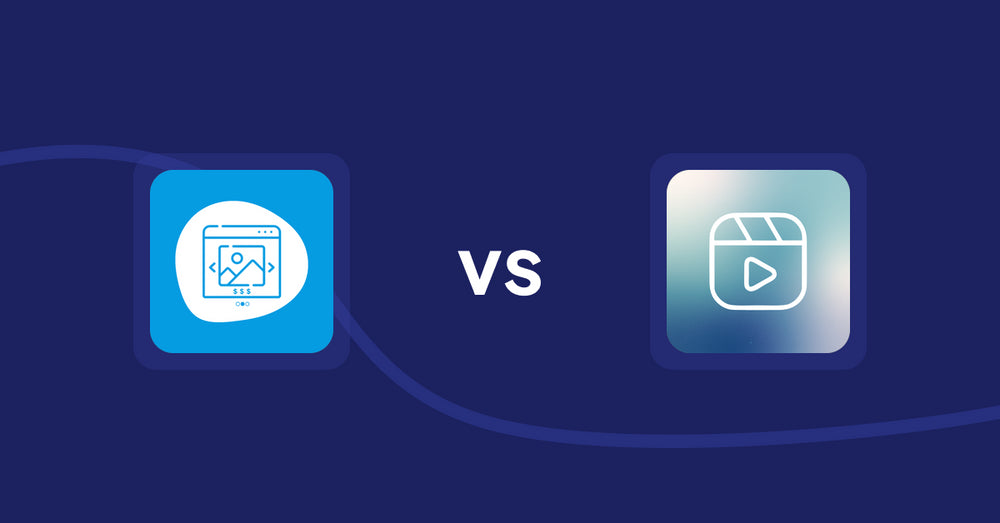
Shopify Product Display Apps: Quick Product Navigator Slide vs Reelify ‑ Shoppable Reel Video

Shopify Product Display Apps: Quick Product Navigator Slide vs. UR: Smart Ranking

Shopify Product Display Apps: Eazy Specification Tags Table vs Agile Attachments
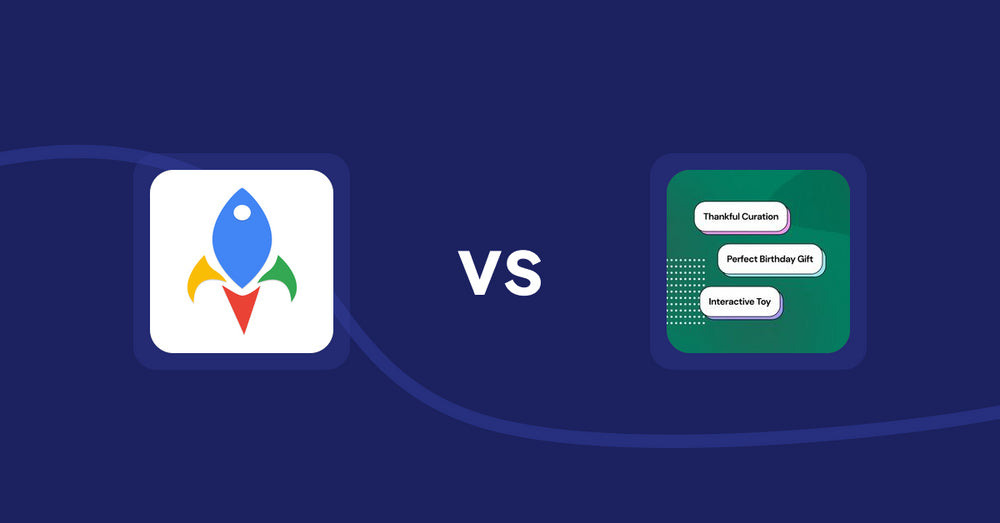
Shopify Product Display Apps: Jedi Back In Stock Admin Alert vs FeatureFrame ‑ Pretty Product
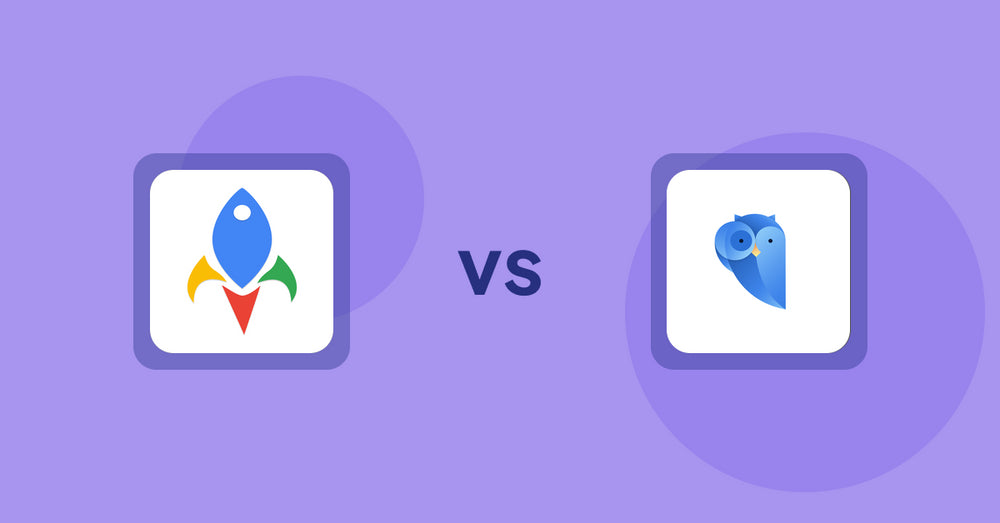
Shopify Product Display Apps: Jedi Back In Stock Admin Alert vs. Findify Search & Merchandise
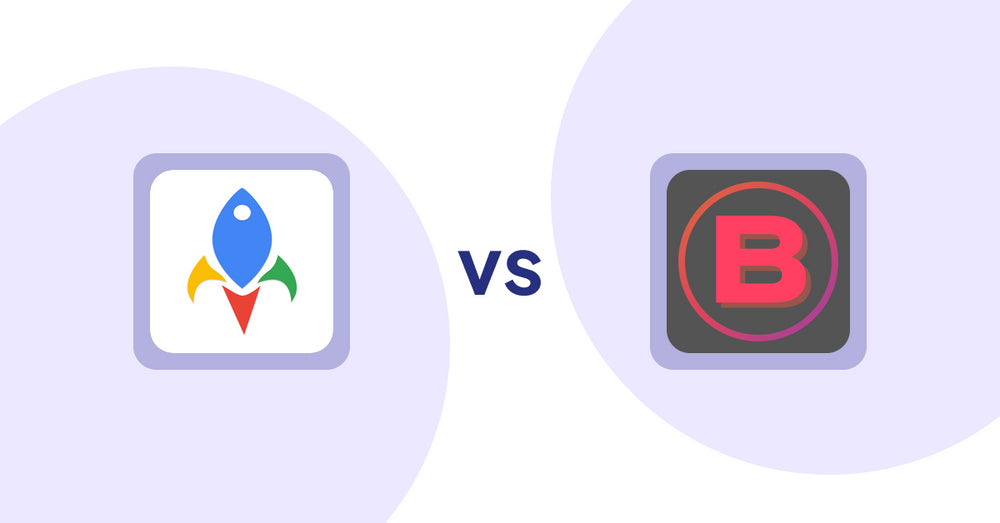
Shopify Product Display Apps: Jedi Back In Stock Admin Alert vs Banter Stories






